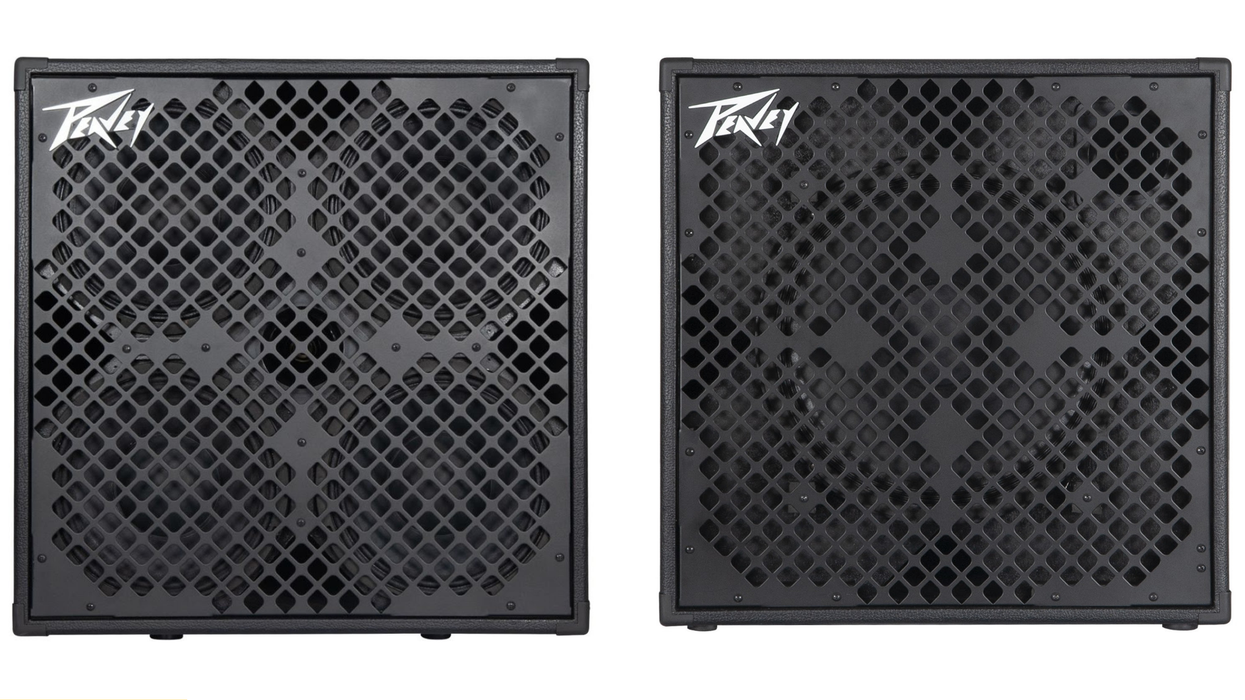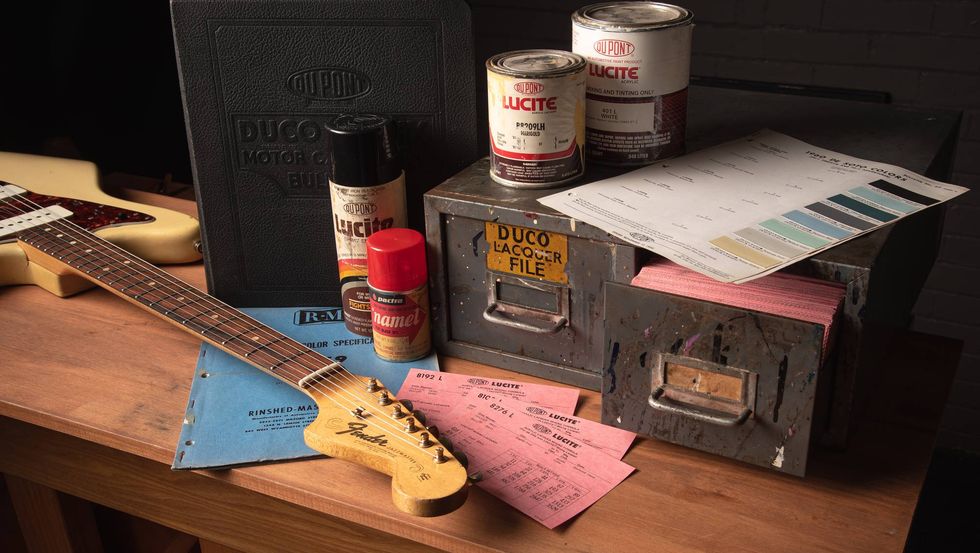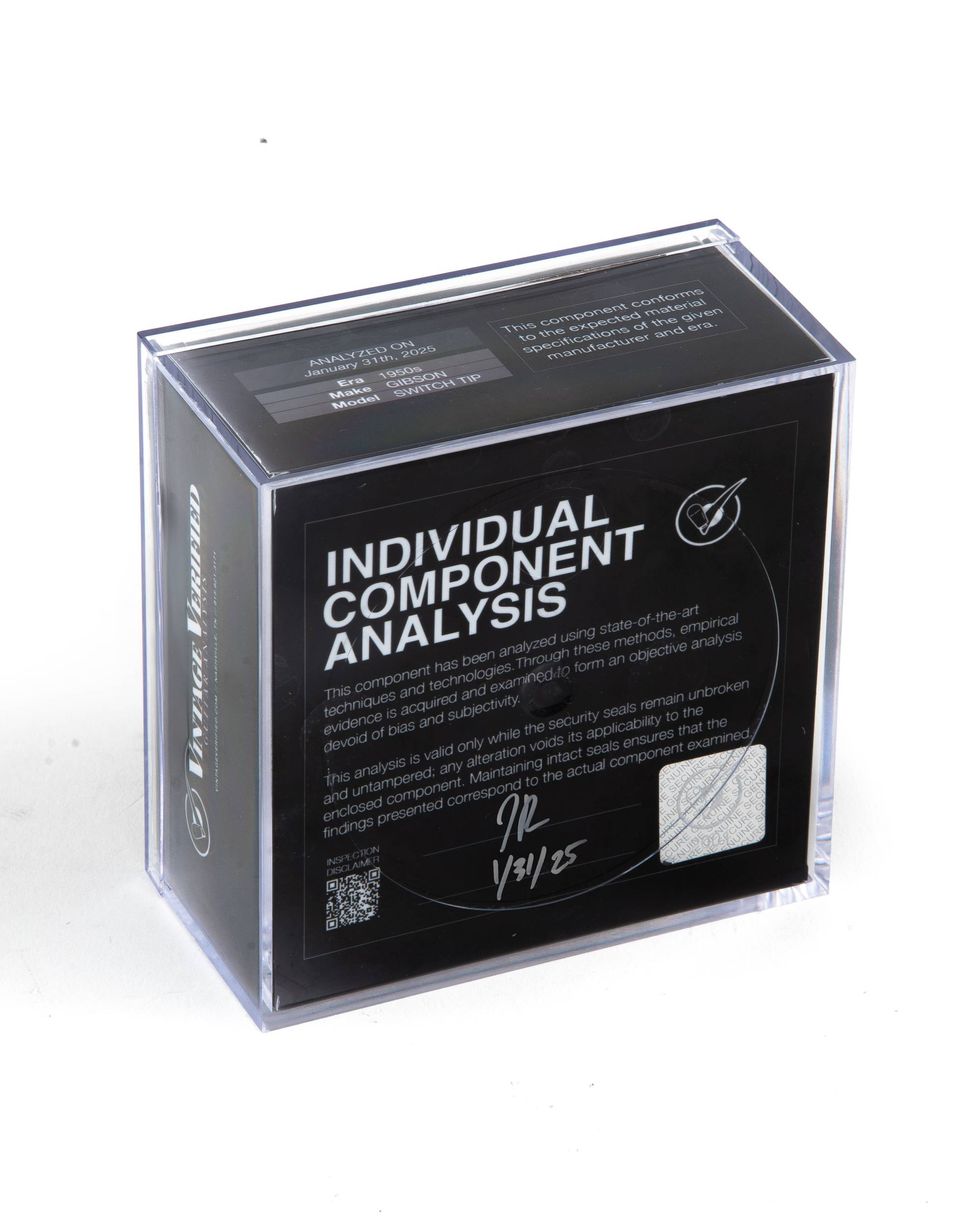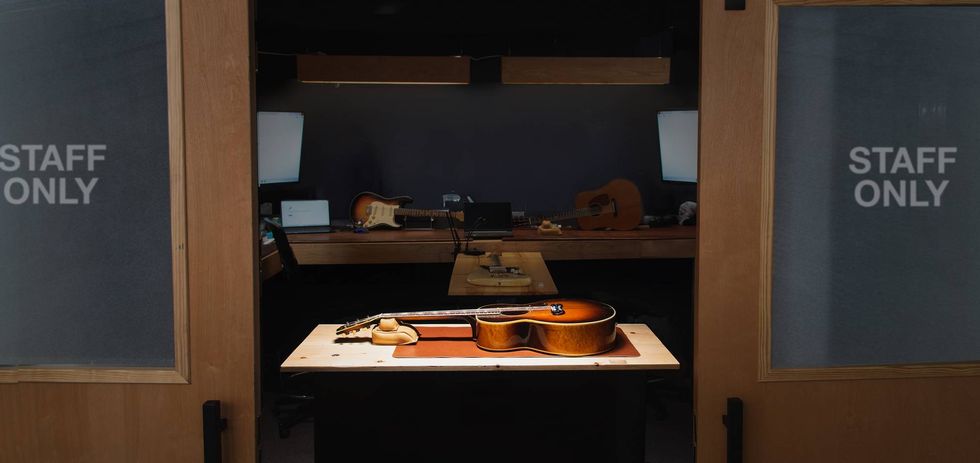This month, we’re going to take a look at how important an accurate mixing environment is to proper track reproduction. Simply put, it means making sure what you hear out of your studio monitors translates to the iPods, MP3 downloads and desktop speakers of the world. 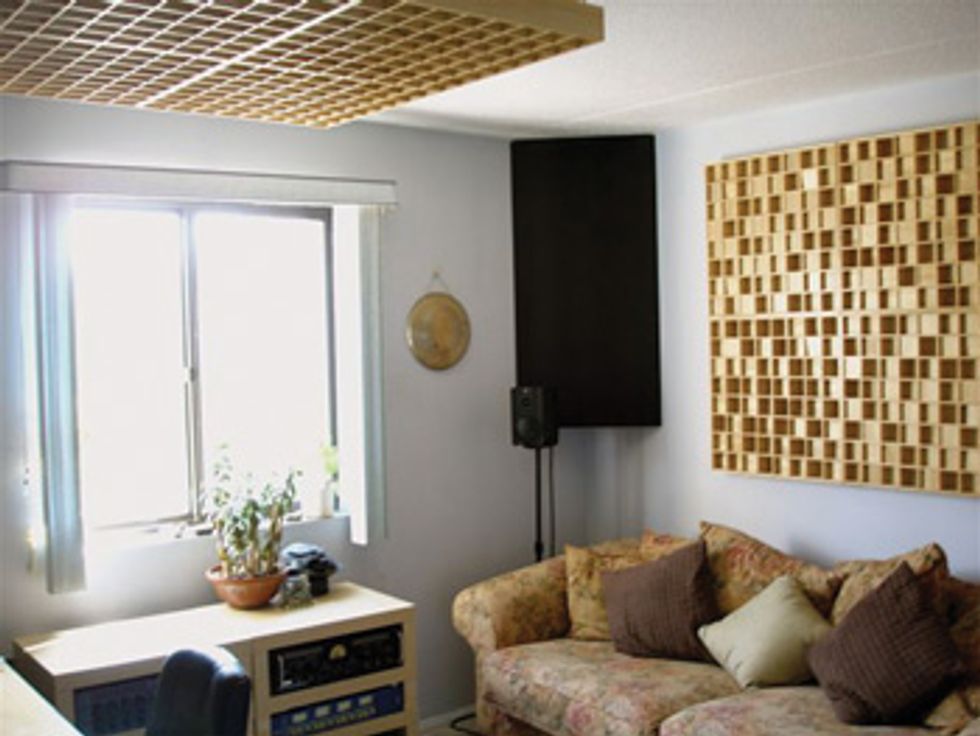
Another is your actual monitors themselves. Try not to have them sitting on a shelf, which will resonate with the speakers and create unwanted frequencies. It’s important that the speakers be isolated and separated from whatever they are resting on. Technically, this is called decoupling, and it can be accomplished with inexpensive pads, rubber or cones.
The optimal listening position is believed to be where the tweeters are at the same height as your ears, while in a comfortable sitting position at your desk. Also, they should sit equidistant from your ears to each speaker. A simple trick is to take a piece of string and have a friend or assistant stretch it from one ear out to the tweeter. Repeat on both sides and then make sure the speakers are that exact distance from each other as well. In other words, an equilateral triangle forms with your ears and the speakers. While I realize that’s not always possible in bedroom studios, do your best to make sure you’re not too close, or too far, from your monitors. This will help you hear true stereo reproduction.
One of the more challenging things to get right is the actual acoustic environment that you listen in. Even those rooms that were custom built from the ground up don’t always reproduce sound properly. It’s a matter or testing, experience and some science.
After making sure you’re familiar with the true sound of your monitors, playback some well recorded music through them. Try not to use MP3 or AAC files since they are compressed and not full range. If you hear too much hi-end, or too much bass, you can most likely point to the room as the problem. At that point, put on a pair of quality headphones. If it sounds good in there, well, you’ve proved my point—your room isn’t working.
So what can you do about it? The first thing to do is some research into acoustical products. There’s a ton of great information online about treating problem rooms, and many of the companies who sell such products have excellent info on their sites. Check out readyacoustics.com, RealTraps.com, Auralex. com, and atsacoustics.com for a start. Sure, you can try the old egg crates or DIY methods, but custom panels are widely available and not too expensive. Hey, they look cool too!
I happen to live in a condo with concrete ceilings, and since I do a lot of stereo and 5.1 surround mixing, I had to make sure my room was as tuned as possible. To do this, I first did my research, and then consulted with Vincent Miraglia of Analog Design Group, and Russ Berger Designs to optimize the layout and treatment of my environment.
After running some acoustics measurement tests, we determined that putting bass traps in each corner would tighten up the low end. To eliminate excess flutter echoes and to clean up and redirect both acoustic absorption and diffusion, we hung four Auralex pArtScience SpaceCouplers above my mix position, and four Auralex SpaceArray diffusors on my rear wall. With a few additional absorption panels, I had a nice sounding room. At one point, I had too many panels up, and it became too dead. By removing a few, I found the right balance, creating a nice, accurate environment to mix in. This I can tell, because when I’m lucky enough to work at good mastering houses such as Sterling or Gateway, the overall frequency range of the mixes translate properly.
This brings up another important point. If your mixes are correct in your studio, but don’t sound right on other systems, try taking them to a nearby mastering house for a listening. Many reputable mastering engineers would love to develop relationships with new clients, and a listening can certainly be arranged inexpensively, if not gratis. If there is no mastering house near you, get on the phone and see if you can send some files.
However you go about it, think carefully about your listening and mixing environment. Through research, asking questions, experimentation, and plain old trial and error, you can get your room tuned up and ready to rock.
Rich Tozzoli
Rich is a producer, engineer and mixer who has worked with artists ranging from Al DiMeola to David Bowie . A life-long guitarist, he’s also the auther of Pro Tools Surround Sound Mixing and composes for such networks as Discovery Channel, Nickelodeon and National Geographic.



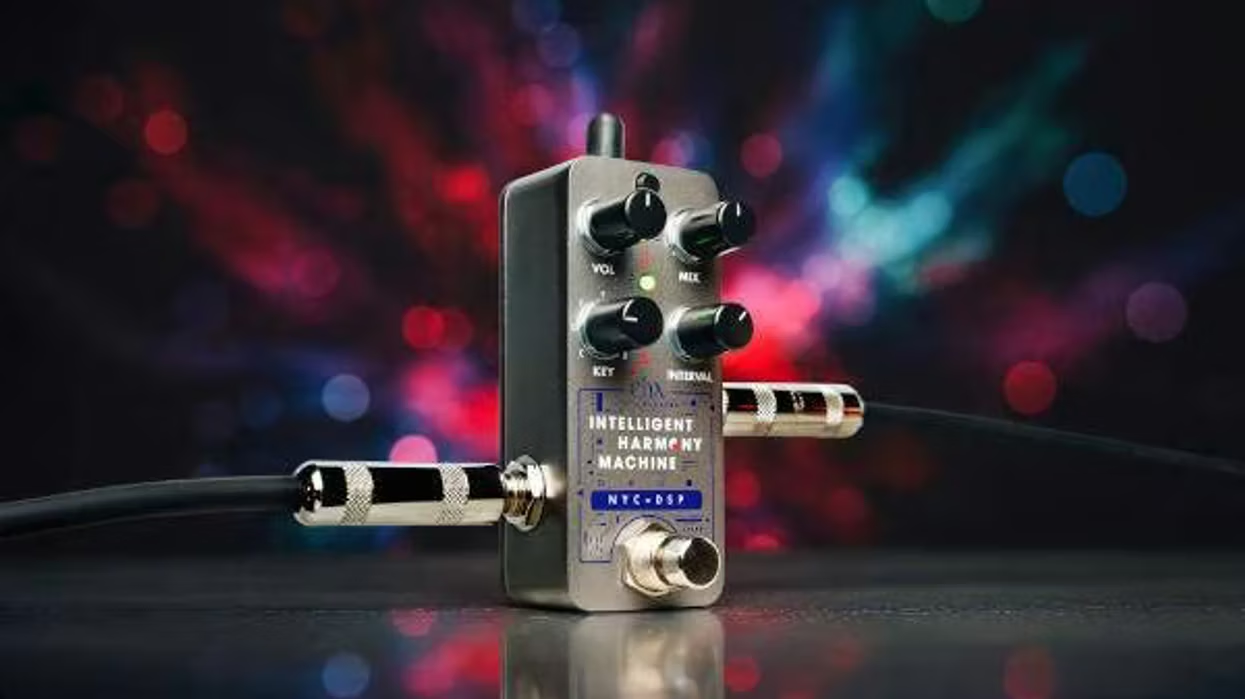


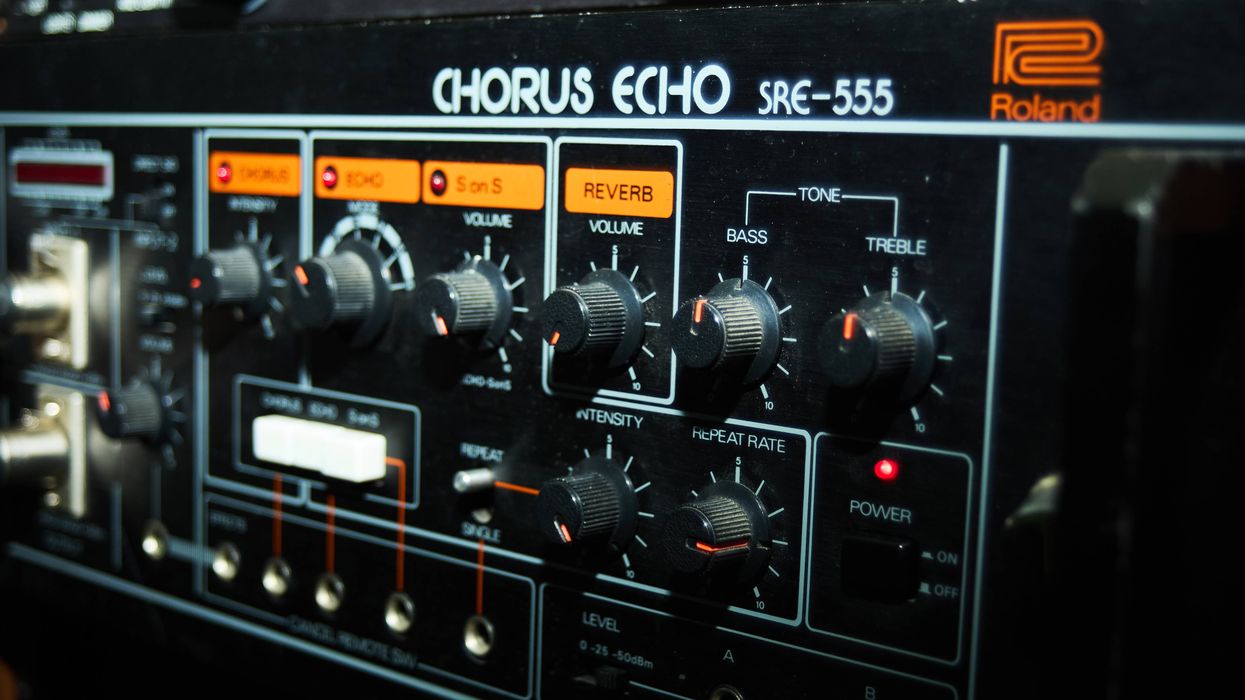
![Rig Rundown: John 5 [2026]](https://www.premierguitar.com/media-library/youtube.jpg?id=62681883&width=1245&height=700&quality=70&coordinates=0%2C45%2C0%2C45)






